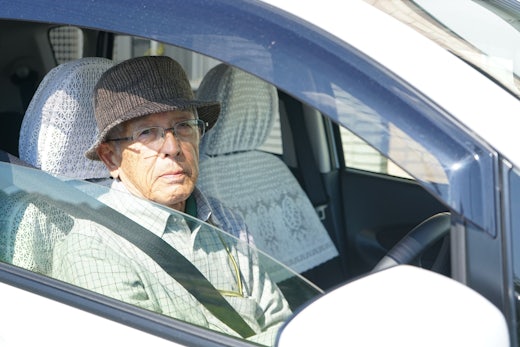Recent aged care finance report doesn’t show worst of COVID-19 impact
Chartered accountancy firm, StewartBrown, has released their most recent Aged Care Financial Performance Report for March 2020, finding that aged care facilities are still in financial distress with nearly 60 percent of nursing homes operating at a loss for the last months to March this year.
![<p>The report shows that the sector has increasingly worsened financial over the last nine months, and doesn’t even include the impact of COVID-19. [Source: iStock]</p>](https://agedcareguide-assets.imgix.net/news/articles/news/articles/iStock-938467396.jpg?fm=pjpg&format=auto&w=550&q=65)
The report shows that the sector has increasingly worsened financial over the last nine months, and doesn’t even include the impact of COVID-19. [Source: iStock]
The report shows that the sector has increasingly worsened with an increase of one percent for aged care homes operating at a loss since December, and 34 percent of aged care homes recorded an operating cash loss, compared to 29 percent recorded in December.
Additionally, nearly 74 percent of regional and remote aged care facilities are operating at a loss.
For the first time in eight years, the aged care sector has seen its first significant decrease in occupancy levels, reaching 92.1 percent average occupancy.
A large cohort of aged care providers are operating on an average loss of $17.72 per resident per day, which StewartBrown believes highlights an urgent requirement for additional funding and a more sustainable funding model.
Aged care peak bodies are concerned about the results but say it is not surprising since no Government action has been taken.
Chief Executive Officer (CEO) of Leading Age Services Australia (LASA), Sean Rooney, says, “These alarming figures reveal the pressure on delivering quality care to thousands of older Australians, even before the full impact of the pandemic hit.
“It is unacceptable that the number of services operating in the red has doubled in the past four years.
“The community expects an aged care system that is appropriately funded to meet the needs of older Australians receiving care. This is clearly not the case and must be urgently addressed.
“Despite the continuing downturn in financial performance for record numbers of residential care homes, the report shows an increase in direct care hours delivered during the past year demonstrating a commitment to quality care in response to the needs of residents.
“Residential care homes continue to do an outstanding job in protecting residents from COVID-19 but the financial situation of aged care providers is likely to further deteriorate.
“This reflects the care and commitment delivered by providers and their dedicated staff as they continue to invest millions of dollars in infection control, additional workforce and communications to keep residents connected with their loved ones.”
CEO of Aged & Community Services Australia (ACSA), Patricia Sparrow, says the report numbers aren’t the worst of it because it doesn’t cover the height of the COVID-19 pandemic.
“Things are getting harder at an already difficult time for the aged care sector; our staff have been working overtime to protect older people from COVID-19, but we’re yet to receive the support required to cover increased COVID costs let alone arrest this financial decline,” says Ms Sparrow.
“Right now, we’re asking aged care operators to maintain the mental and physical health of our most vulnerable Australians and protect them from COVID-19 while many were already running at a loss.
“On top of that, these financial numbers are likely to get even worse as the pandemic continues and operators count the cost of the pandemic at its peak.
“The already troubled financial situation of the aged care sector coupled with the ongoing coronavirus pandemic shows that rescue measures are urgently needed to ensure the sector’s viability.
“The numbers show that not-for-profit aged care providers can’t be taken for granted. We’re calling on the Morrison Government to supply aged care with the rescue package required to get us through COVID and address the ongoing funding issues.”
In the report, StewartBrown recommended a $1.7 billion in residential funding reform to maintain care and improve training. This would involve:
-
$700 million to lift the basic daily resident fee
-
$350 million to the accommodation supplement
-
$315 million for the training subsidy
-
$240 million as a inflation adjustment
-
$140 million for regional providing funding
StewartBrown believes COVID-19 will have a big impact in the June report, saying, “It is likely to heavily influence the results for the June and subsequent quarters until the virus is fully stabilised and the economy commences the journey to recovery.
“The Government has introduced a number of funding initiatives which will assist providers, including the recent one-off grant of $900 per bed except regional aged care homes which will receive $1,350 per bed.”
StewartBrown intends to do a report into COVID-19 funding and expenses impact on the aged care sector.
“We continue to highlight that the residential aged care sector, in particular, requires significant funding reform apart from the COVID-19 issues to maintain financial viability and sustainability.”
Data was collected from 1,108 aged care homes and 46,938 home care packages around Australia.
The survey is performed quarterly providing a snapshot into how the aged care sector is coping financially.























Comments